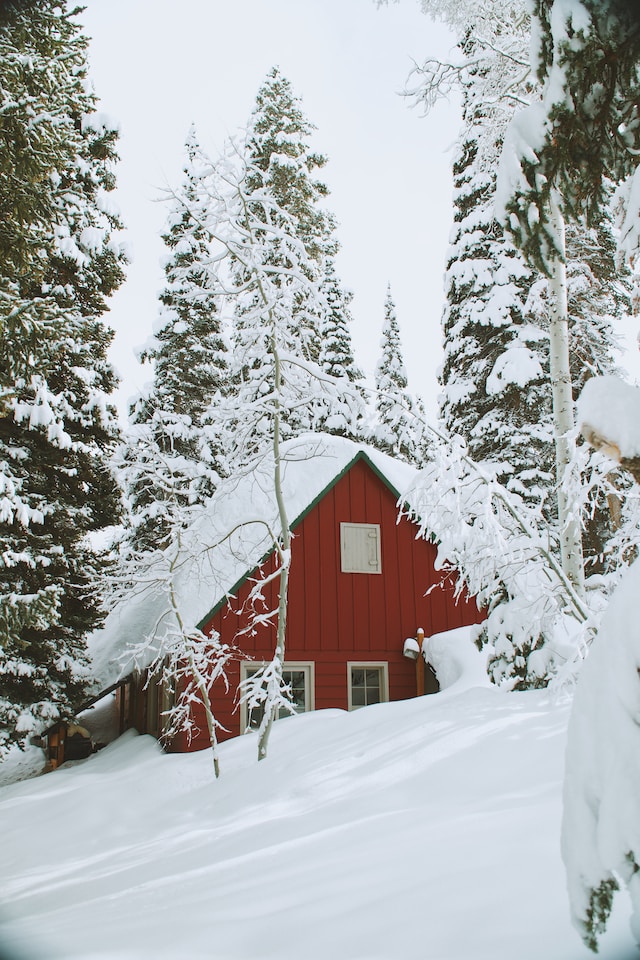The pressure a roof must bear is dictated by regulations enacted by building codes in each state and city. These standards vary by year but must abide by a similar process and standard.
In structural code terminology, the characteristic roof snow load is usually derived as the product of the ground snow load at the construction site and the design shape coefficients. These shape factors depend on the geometry and wind exposure of the roof.
Wind Load
Knowing your roof’s load capacity is important if you live in a snow-prone area. If it can’t withstand the weight of snow, damage could occur, including structural damage and water intrusion into your home.
Building regulations in your region may stipulate that the structure must withstand a specific snow load. You can find your roof’s maximum permissible snow load by calculating it with a roof load calculator. A good rule of thumb is that fresh, light snow weighs five pounds per square foot, while packed snow can double that weight.
Temperature
Determining the amount of snow accumulated on a roof is only sometimes possible. A single storm does not tell the whole story, especially in regions with frequent back-to-back blizzards.
The weight of a particular volume of snow depends on its temperature and density. The temperature of the water in the snow is also a factor. A cubic foot of dry powdery snow weighs about three pounds. Wet snow, however, can be seven times as heavy.
When determining the maximum amount of snow to allow on your roof, start by measuring how deep the current layer is and then weighing it. Then, use a snow load calculator to determine how much the roof can support. Once you have a number, monitor the roof during a snowstorm to ensure the safe snow depth is not exceeded. This will help avoid roof damage and keep residents and visitors safe.
Density
The snow on your roof may weigh more than it was designed to support. The key is snow density, which differs from season to season and location to location.
Density varies because of fluctuations in precipitation type and temperature. For example, rain could thaw or refreeze the snow resulting in much denser wet or icy snow than drier, lighter snowfall. Wind can also shift snow accumulation, creating drifts that increase pressure on certain areas of the structure.
Building codes typically rely on historical records of ground snow loads to determine roof snow loads. Still, if your building is showing signs of stress, such as sagging or deflection, it may be worth a visit from a structural engineer to run a snow load analysis to ensure your building is safe. The design deflection of a span divided by the joist or truss length is expected to be less than the snow load, but it’s important to get the most accurate assessment possible.
Age
When it comes to roof snow load, the age of your structure plays an important role. Due to snow accumulation, older structures built under earlier building codes may have a greater risk of structural failure.
Original building structural drawings often express the design load in pounds per square foot (psf) which doesn’t directly correlate to a depth of snow that could be safely sustained. To calculate this, the uniform load psf is divided by the unit weight of the snow in pounds per cubic foot (pcf) to obtain the allowable depth of snow.
This process can be complicated, as snow depth and density vary, and many factors affect roof performance. Regular maintenance, such as keeping tree branches trimmed to prevent them from snapping under storm and wind loads, can also reduce the overall snow load on a roof. This can help prevent damage and potential collapse.




